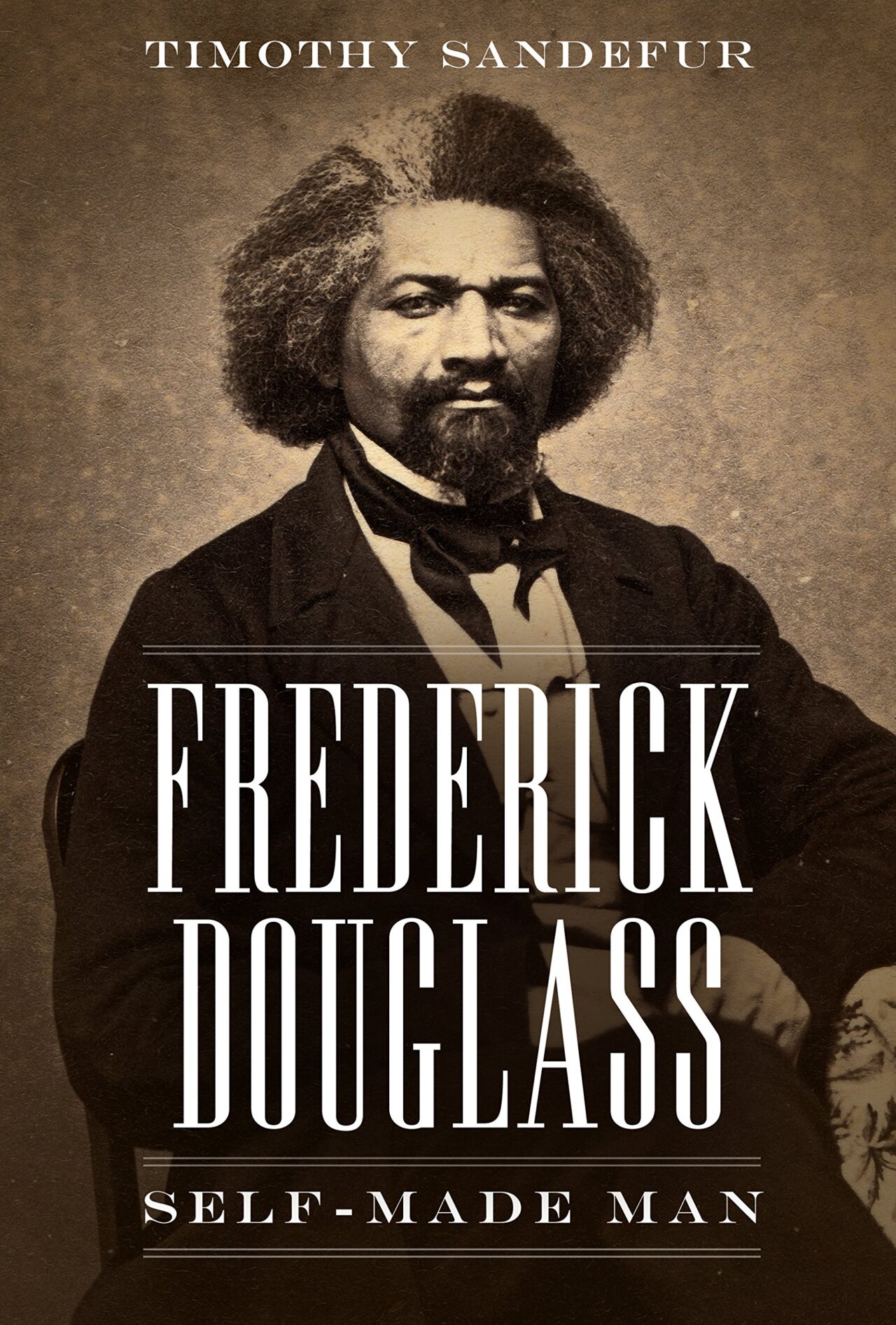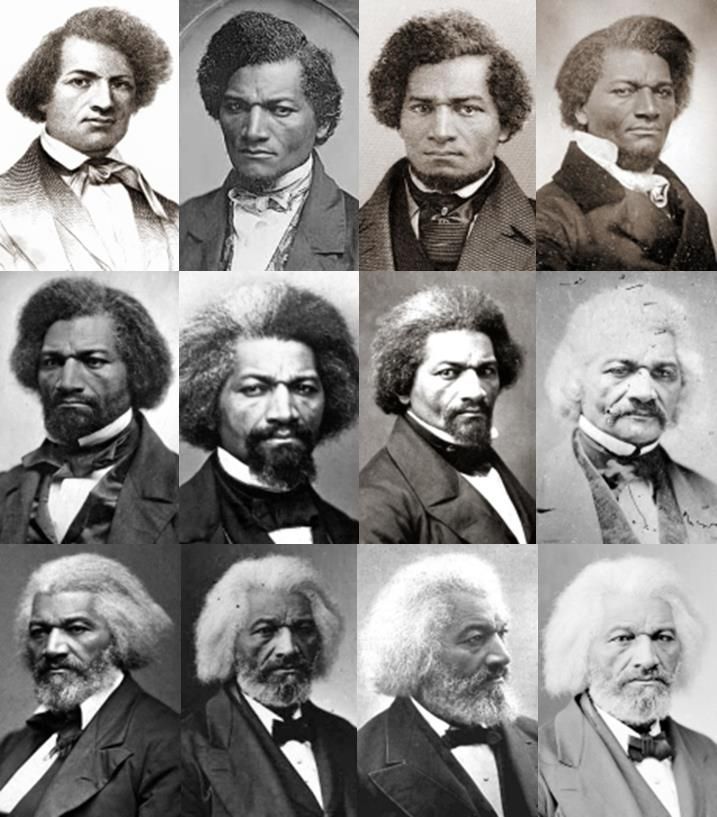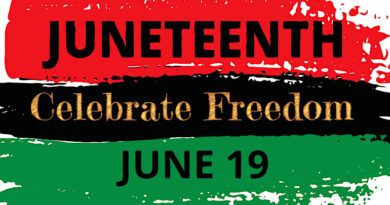Frederick Douglass
(c. 1818–1895)
Frederick Douglass was a leader in the abolitionist movement, an early champion of women’s rights and author of ‘Narrative of the Life of Frederick Douglass.’

Who Was Frederick Douglass?
Abolitionist leader Frederick Douglass was born into slavery sometime around 1818 in Talbot County, Maryland. He became one of the most famous intellectuals of his time, advising presidents and lecturing to thousands on a range of causes, including women’s rights and Irish home rule.
Among Douglass’ writings are several autobiographies eloquently describing his experiences in slavery and his life after the Civil War, including the well-known work Narrative of the Life of Frederick Douglass, an American Slave.
Early Life
Frederick Augustus Washington Bailey was born around 1818 into slavery in Talbot County, Maryland. As was often the case with slaves, the exact year and date of Douglass’ birth are unknown, though later in life he chose to celebrate it on February 14.
Douglass initially lived with his maternal grandmother, Betty Bailey. At a young age, Douglass was selected to live in the home of the plantation owners, one of whom may have been his father.
His mother, who was an intermittent presence in his life, died when he was around 10.
Learning to Read and Write
Defying a ban on teaching slaves to read and write, Baltimore slaveholder Hugh Auld’s wife Sophia taught Douglass the alphabet when he was around 12. When Auld forbade his wife to offer more lessons, Douglass continued to learn from white children and others in the neighborhood.
It was through reading that Douglass’ ideological opposition to slavery began to take shape. He read newspapers avidly and sought out political writing and literature as much as possible. In later years, Douglass credited The Columbian Orator with clarifying and defining his views on human rights.
Douglass shared his newfound knowledge with other enslaved people. Hired out to William Freeland, he taught other slaves on the plantation to read the New Testament at a weekly church service.
Interest was so great that in any week, more than 40 slaves would attend lessons. Although Freeland did not interfere with the lessons, other local slave owners were less understanding. Armed with clubs and stones, they dispersed the congregation permanently.
With Douglass moving between the Aulds, he was later made to work for Edward Covey, who had a reputation as a “slave-breaker.” Covey’s constant abuse nearly broke the 16-year-old Douglass psychologically. Eventually, however, Douglass fought back, in a scene rendered powerfully in his first autobiography.
After losing a physical confrontation with Douglass, Covey never beat him again. Douglass tried to escape from slavery twice before he finally succeeded.

Wife and Children
Douglass married Anna Murray, a free Black woman, on September 15, 1838. Douglass had fallen in love with Murray, who assisted him in his final attempt to escape slavery in Baltimore.
On September 3, 1838, Douglass boarded a train to Havre de Grace, Maryland. Murray had provided him with some of her savings and a sailor’s uniform. He carried identification papers obtained from a free Black seaman. Douglass made his way to the safe house of abolitionist David Ruggles in New York in less than 24 hours.
Once he had arrived, Douglass sent for Murray to meet him in New York, where they married and adopted the name of Johnson to disguise Douglass’ identity. Anna and Frederick then settled in New Bedford, Massachusetts, which had a thriving free Black community. There they adopted Douglass as their married name.
Douglass and Anna had five children together: Rosetta, Lewis Henry, Frederick Jr., Charles Redmond and Annie, who died at the age of 10. Charles and Rosetta assisted their father in the production of his newspaper The North Star. Anna remained a loyal supporter of Douglass’ public work, despite marital strife caused by his relationships with several other women.
After Anna’s death, Douglass married Helen Pitts, a feminist from Honeoye, New York. Pitts was the daughter of Gideon Pitts Jr., an abolitionist colleague. A graduate of Mount Holyoke College, Pitts worked on a radical feminist publication and shared many of Douglass’ moral principles.
Their marriage caused considerable controversy, since Pitts was white and nearly 20 years younger than Douglass. Douglass’ children were especially displeased with the relationship. Nonetheless, Douglass and Pitts remained married until his death 11 years later.

Abolitionist
After settling as a free man with his wife Anna in New Bedford in 1838, Douglass was eventually asked to tell his story at abolitionist meetings, and he became a regular anti-slavery lecturer.
The founder of the weekly journal The Liberator, William Lloyd Garrison, was impressed with Douglass’ strength and rhetorical skill and wrote of him in his newspaper. Several days after the story ran, Douglass delivered his first speech at the Massachusetts Anti-Slavery Society’s annual convention in Nantucket.
Crowds were not always hospitable to Douglass. While participating in an 1843 lecture tour through the Midwest, Douglass was chased and beaten by an angry mob before being rescued by a local Quaker family.


